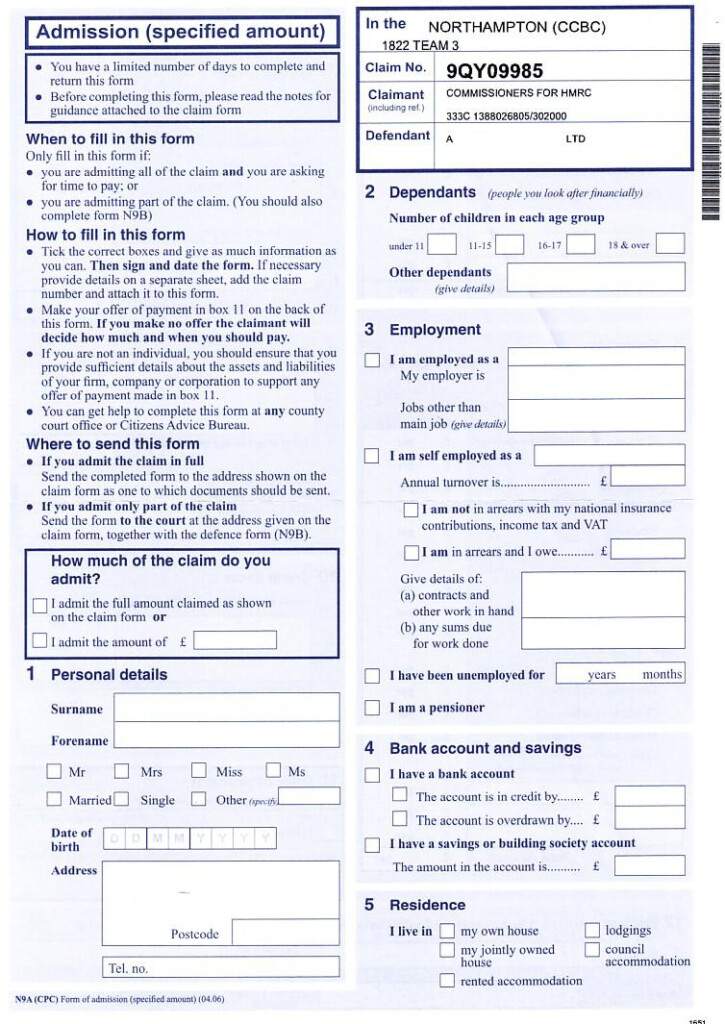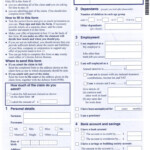Civil County Court Forms – If you have been appointed to represent the civil litigant There could be a series of forms that you must fill out. Some forms are accessible on the internet or printed off from the website of the court. Others may need to be filled out in hardcopy. Other online forms are also available. However, you must ensure they are appropriate to your situation before you use any.
Fill in the blanks on form
The Supreme Court Administrative Office (SCAO) which is also known as the Supreme Court’s administrative unit, has an extensive inventory of unfilled court forms. These forms are arranged according the nature of the legal issue. You can search them by the number or name.
The first step is to find the correct form to suit your situation. Certain forms include title of the case separated from the names of the parties by spaces.
Before you fill out an application or sign it, please be sure to read the instructions carefully. In some cases, you may need to sign. Make sure you have only one-sided copies. If you use the same paper you won’t need to duplicate it.
Request limited status for electronic documents
It could be difficult to get restricted status for an electronic civil court form. Everything from legitimacy to compliance to a specific format standard is taken into consideration. To be sure you’re following the rules correctly, it’s essential to go to the Minnesota Supreme Court regulations or the rules for your specific court.
The general criterion for electronic filing is that a document has to be legible and include an official stamp. The document must be submitted to the clerk of the county in an envelope addressed properly. If the document is not properly addressed it will be scrutinized to verify its authenticity.
A EFCIV 23 form may be required to inform all parties that the submission has been converted into an electronic file. In exceptional circumstances, you must also serve this form with your commencement paperwork.Additionally, you must use EDDS to submit the paperwork to the court.
Send original copies of exhibits.
Some countries may require you to provide a physical copy of your exhibits to the court. However, the majority of your paperwork is available online. This means that if you need to submit a paper copy of your electronic filings is required to be used in court, you must give it to the judge.
As best as you can to your ability, you should complete all court forms. Each form field must be filled in fully and precisely. There’s often plenty of blank space within the shapes. It’s always recommended to speak with a lawyer prior to making any form If you have any concerns.
Hard copy exhibits should be distributed to every party with a supporting document such as the Notice of Hard Copy Exhibit Filing. A web-based service, like Odyssey File and Serve, or the EDDS mailing system can be used to serve.
Online forms may not meet your requirements.
If you are interested in using online court forms, you need to first speak with an attorney. You’ll have the ability to learn your alternatives and rights in the process. If you don’t retain legal counsel, you can manage your own legal issues. You could be subject to disciplinary proceedings or civil fines, including one for practicing law with no having a license.
Many courts have self-help resources on their sites. Some don’t. The Alaska Court System has developed specific forms, for example. One of these forms is the complaintform, that can be found here. The form for complaint that is interactive is a different type of form.
When your form is completed Once you have it completed, you can print it and then submit it to your court. Other forms may be available on the court’s website. Certain forms require software on a computer. Computer programs are created to answer questions, collect information, and produce forms.


